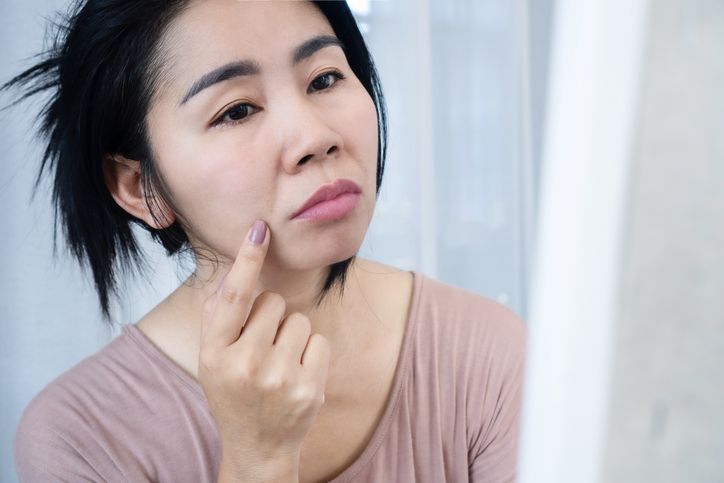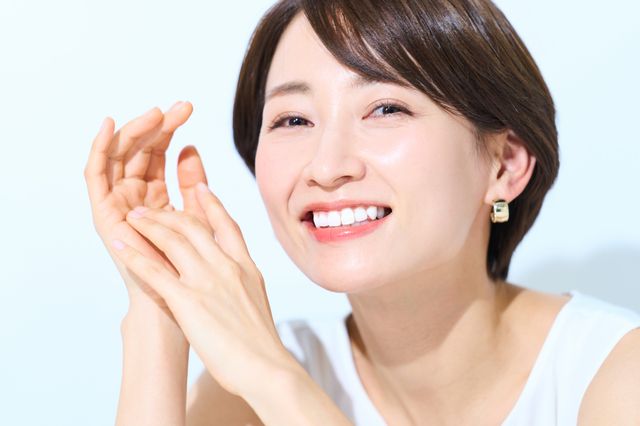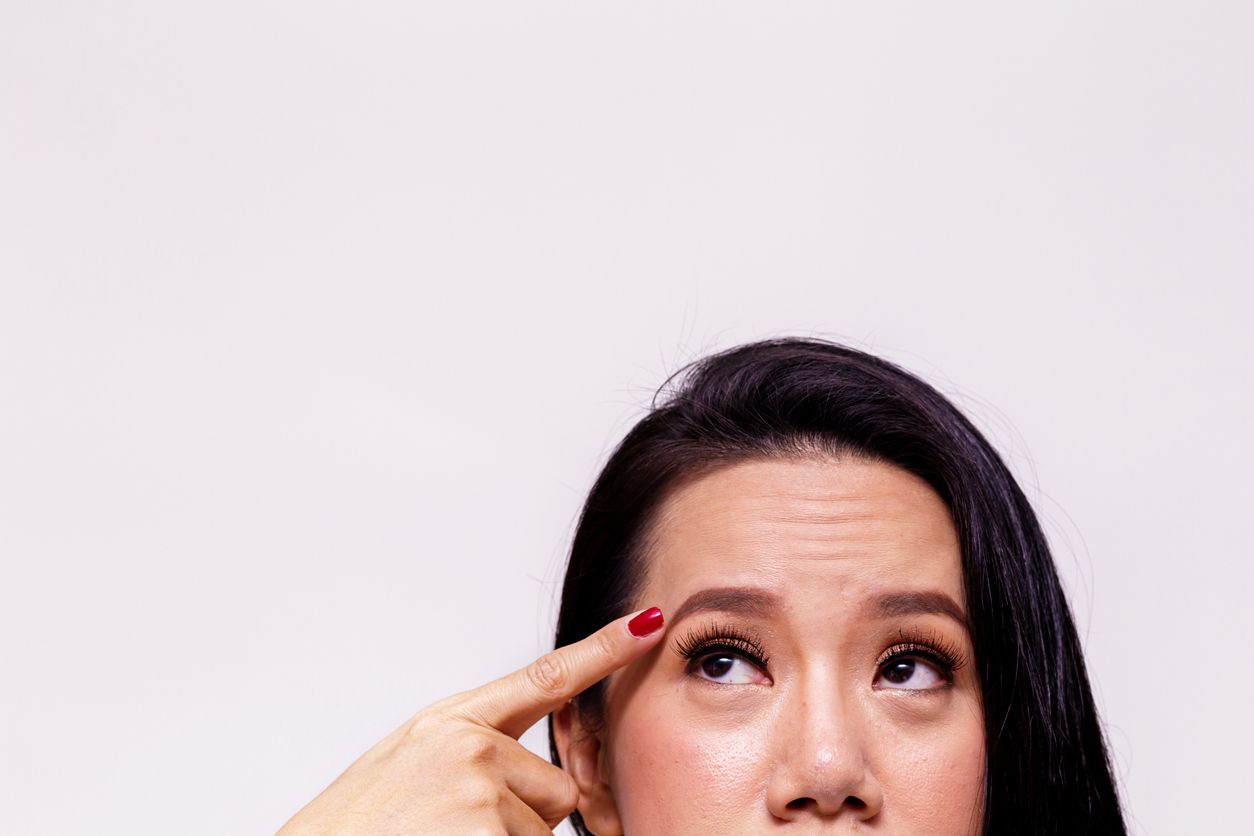- Home
- Trend
- Weight Loss Strategies
- Acne Tips
- Hair Health Information
- Blemish Removal Tips
- Acne Scar Removal Tips
- Muscle Building Techniques
- Intimate Care Tips
- Postpartum Intimate Care
- Eye Bags Wiki
- Tips for Face Slimming
- Secret of Permanent Hair Removal
- Breast Enlargement Tips
- Cure to Snoring
- Marionette Lines
- Skin-Tightening Secrets

免費體驗
Ultra V Lift Pro Non-Surgical Instant Facelift Treatment
1 Minute Self-Registration
Date should not be before minimal date
Nasolabial folds, often referred to as smile lines, are the lines that run from the sides of your nose to the corners of your mouth. These lines, sometimes called laugh lines, can deepen with age and are a common concern for those seeking a more youthful appearance. Understanding the causes and treatment options can help you manage them effectively and maintain skin health.
1
Misconceptions About Smile Lines
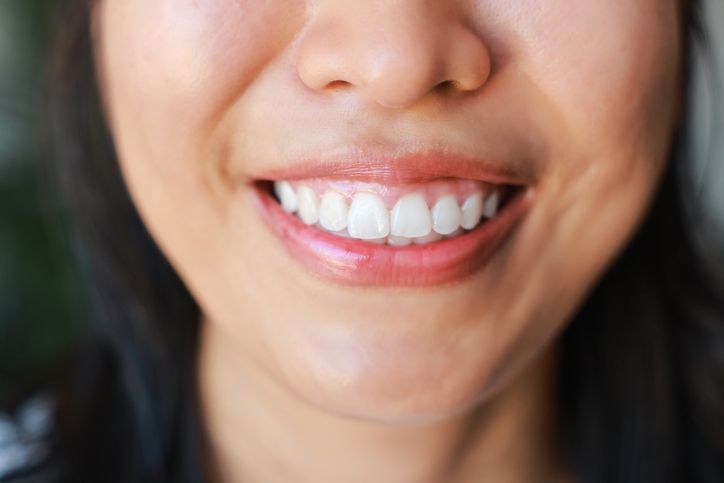
Commonly Misinterpreted as a Sign of Aging
Skin Aging is Just One of the Causes
Differences in Skin Conditions Between Young and Old
2
Top 5 Causes of Deep Smile Lines

1. Overly Expressive Facial Expressions
2. Genetic Predisposition
3. Skin Aging and Sagging
4. Environmental Factors
5. Improper Sleeping Positions
- Revive and Renew: The Ultimate Facelift Treatment
- 【Coconut Oil Skin Benefits】Here's why coconut oil is good for your skin! 10 ways to use coconut oil on your skin for radiant complexion
- Lifting Without Needles: How Needleless Thread Lift Redefines Anti-Aging
- Effective Strategies to Combat Sagging Cheeks | Perfect Medical
3
Understanding the Three Types of Nasolabial Folds
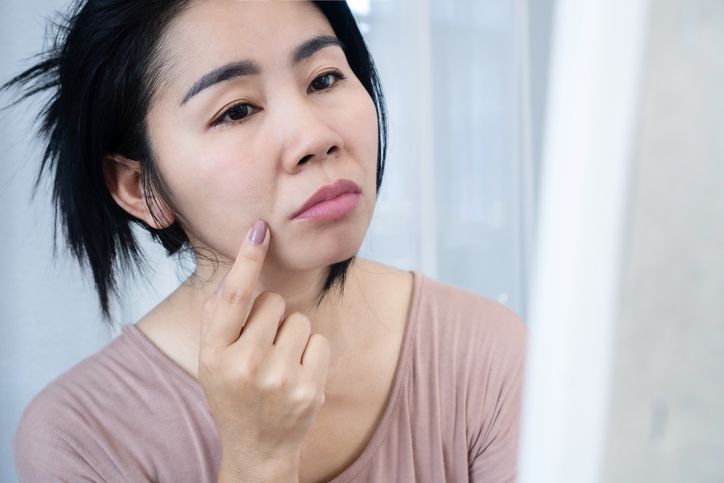
Muscle-Type Nasolabial Folds
Aging-Type Nasolabial Folds
Sunken-Type Nasolabial Folds
4
6 Tips for Preventing and Improving Nasolabial Folds

Manage Facial Expressions
Reduce Muscle-Driven Smile Lines
Keep Your Skin Hydrated
Protect Your Skin from the Sun
Adopt the Right Sleeping Position
Practice Facial Massage
Exercise Your Facial Muscles

免費體驗
Ultra V Lift Pro Non-Surgical Instant Facelift Treatment
1 Minute Self-Registration
Date should not be before minimal date
5
5 Ways to Treat Nasolabial Folds
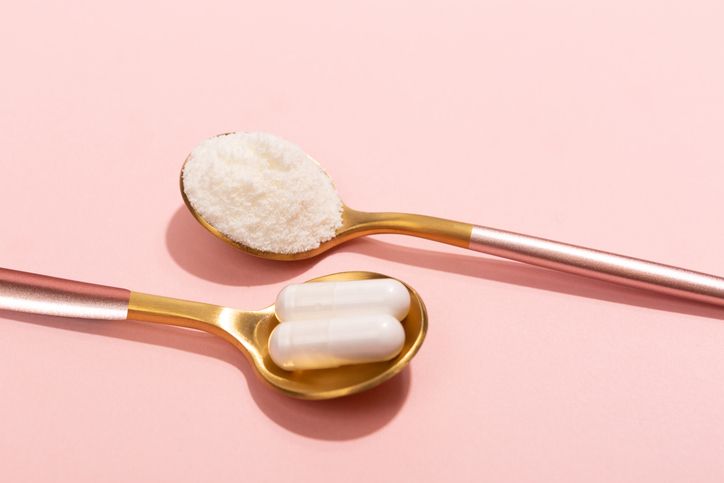
1. Supplementing with Collagen
2. Hyaluronic Acid Injections
3. Botox Injections
4. Protein Thread Lifts
5. Needle-Free Threading
6
Want baby-smooth skin in no time? Check out the Ultra V Lift Pro Non-Surgical Instant Facelift Treatment!


免費體驗
Ultra V Lift Pro Non-Surgical Instant Facelift Treatment
1 Minute Self-Registration
Date should not be before minimal date
FAQ

Are Smile Folds Related to Drooping Apple Cheeks?
Absolutely! Nasolabial folds and apple cheeks are closely connected. Apple cheeks refer to the fat pad in front of your cheekbones. When you smile, this fat is pushed up, making your cheekbones look plump and youthful. However, as the aging process continues, the loss of collagen and elastin production can cause your apple cheeks to droop or even become hollow. This sagging can lead to the formation and deepening of nasolabial folds, also known as smile lines, making your appearance look years older.
Why Do Young People Have Laugh Folds?
People often link nasolabial folds with skin aging, but they aren't exclusive to older adults. Even young women can develop these facial lines, which can make them appear older. Several factors contribute to nasolabial folds, beyond just skin aging and wear. A significant cause for younger individuals is genetics, leading to what's known as congenital nasolabial folds. In addition, your facial anatomy plays a role; people with high cheekbones or a protruding jaw (overbite) are more likely to develop these deep creases, known as concave nasolabial folds.
What Causes Nasolabial Folds to Become More Pronounced?
Certain daily habits, although seemingly insignificant, can worsen nasolabial folds over time. For example, your sleeping position may not directly cause nasolabial folds, but improper sleep posture can gradually make these facial wrinkles deeper. Sleeping on your side causes your face to be compressed by gravity, which can create wrinkles and make nasolabial folds uneven on both sides. Moreover, repeated facial expressions can accentuate nasolabial folds, leading to static wrinkles that remain even when your face is at rest. To prevent this, it’s best to avoid overly exaggerated facial expressions.
How Can You Prevent Nasolabial Folds?
Preventing nasolabial folds involves slowing down skin aging! Although skin aging and collagen production loss are inevitable as we age, starting skincare early can help delay these processes and prevent nasolabial folds from appearing too soon. The first step is sun protection. Protecting your skin from sun exposure not only prevents tanning and sunburn but also fights against harmful UV rays that cause skin aging. UV rays accelerate skin cell aging and damage elastic fibers, speeding up collagen production loss. This leads to reduced skin elasticity and firmness. Make sure to wear sunscreen with at least SPF 30 when going outside to protect your skin, effectively reducing collagen loss and delaying skin aging.
Are there non-invasive treatments for nasolabial folds?
Yes, there are non-invasive treatments for nasolabial folds. Options include injectable fillers like hyaluronic acid, which provide a more youthful appearance by plumping skin cells. Laser treatments, thermal treatments and facial exercises can also help treat nasolabial folds by stimulating collagen production and improving skin elasticity without surgery.





